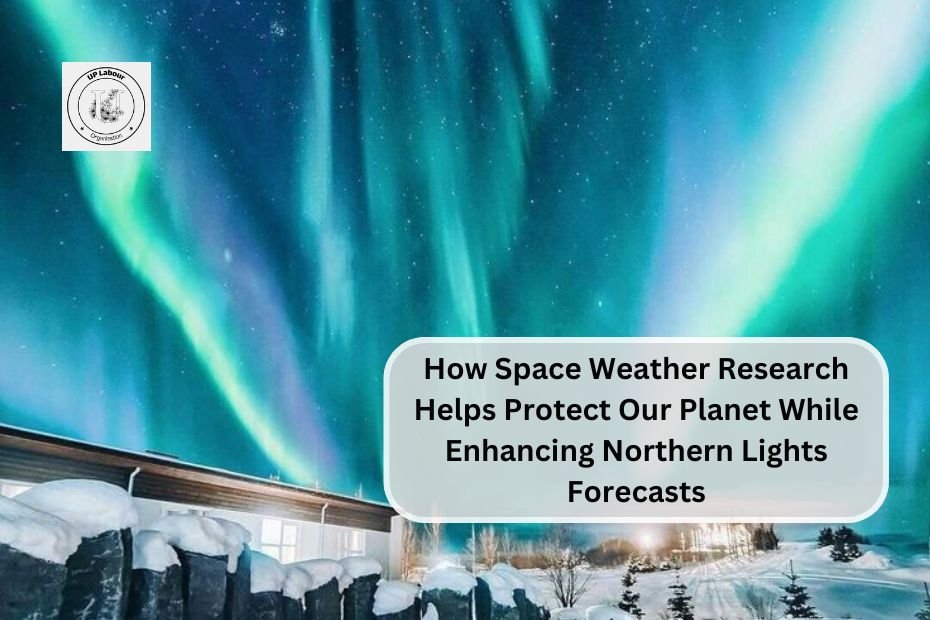Space weather research plays a crucial role in protecting our planet while also enhancing forecasts for the Northern Lights, or aurora borealis. Here’s how:
Understanding Solar Activity
Space weather research focuses on studying the sun’s activity and its effects on Earth’s environment. This includes monitoring solar flares, coronal mass ejections (CMEs), and the solar wind—streams of charged particles emitted from the sun. These phenomena can have significant impacts on Earth’s magnetic field and atmosphere, influencing both space weather and the Northern Lights.By studying the sun’s activity, scientists can better predict when solar events are likely to occur and how they might affect the Earth. This information is essential for protecting satellites, power grids, and other technological systems that can be disrupted by space weather.
Monitoring Geomagnetic Storms
Geomagnetic storms are disturbances in Earth’s magnetic field caused by interactions with solar wind. These storms can enhance auroral displays, making them more intense and visible at lower latitudes. However, they can also pose risks to satellites, astronauts, and even ground-based electrical systems.Space weather research helps monitor and predict geomagnetic storms, allowing for mitigation strategies to be put in place. For example, satellite operators can put their spacecraft into safe mode during periods of high solar activity to protect sensitive electronics.
Improving Northern Lights Forecasts
The data collected through space weather research is also crucial for enhancing forecasts for the Northern Lights. By understanding the relationship between solar activity, geomagnetic storms, and auroral displays, scientists can provide more accurate predictions of when and where the Northern Lights are likely to be visible.This information is valuable for aurora enthusiasts, tour operators, and researchers alike. It allows people to plan their trips more effectively and increases the chances of witnessing this breathtaking natural phenomenon.
Protecting Earth’s Atmosphere
Space weather research also helps us understand how solar activity and geomagnetic storms can affect Earth’s atmosphere. For example, energetic particle precipitation associated with auroras has been linked to ozone depletion in the polar stratosphere. This depletion can intensify weather patterns like the polar vortex, which influences winter temperatures across northern regions.By studying these atmospheric effects, scientists can better predict and mitigate the impacts of space weather on our planet’s climate and weather patterns.
Conclusion
Space weather research is essential for protecting our planet from the potential hazards of solar activity while also enhancing our understanding and appreciation of the Northern Lights. By monitoring the sun, predicting geomagnetic storms, and studying the atmospheric effects of space weather, scientists are helping to safeguard our technological infrastructure and improve our ability to forecast and enjoy this natural wonder. As we continue to explore and understand the complex interplay between the sun, Earth, and the space environment, space weather research will remain a critical field for protecting our planet and expanding our knowledge of the universe

